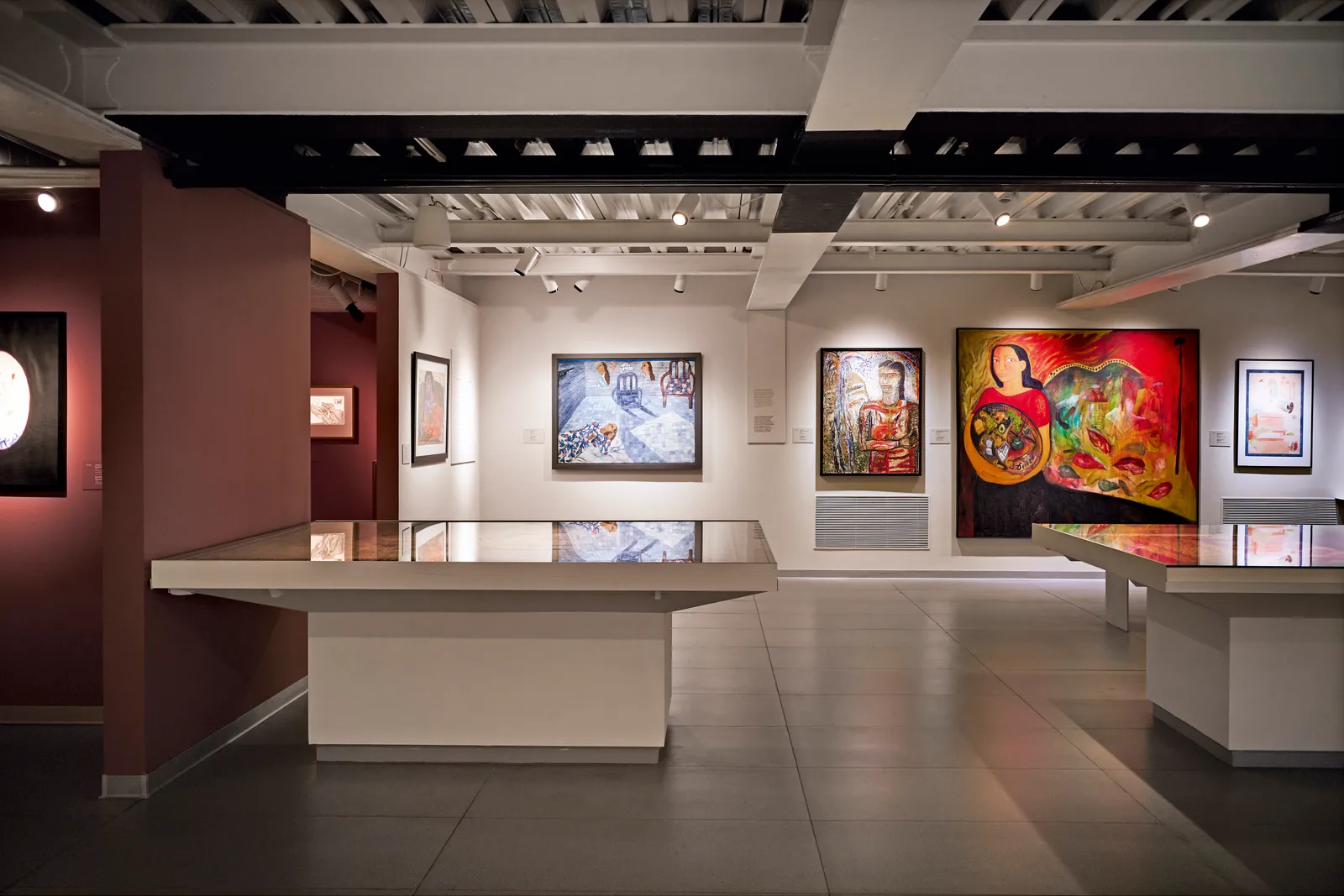The Museum of Art & Photography by the Museum of Art & Photography (MAP) is exhibiting “BOOK OF GOLD: THE KANCHANA CHITRA RAMAYANA OF BANARAS” from September 16th, 2023 to March 8th, 2024. The Museum stands as the guardian of an extensive curation comprising of Indian art, textiles, photography, craft and design pieces. This curation traces its roots from the 12th century all the way to contemporary times. The book is curated by Paul Singh and late Kavita Singh, and the exhibition showcases how spirited the Indian painting tradition was during the 19th century.
It is a walk through the past by Indian art historians. They have brought to life the pages of a book lost for centuries. The exhibition explores the uncelebrated manuscripts of Tulsidas’ Ramcharitmanas, commissioned by Maharaja Udit Narayan Singh of Banaras in 19th CE (the book was locally known as the Kanchana Chitra Ramayana– the Golden Illustrated Ramayana). It challenges traditional art narratives of Northern India’s decline in miniature painting, revealing an ambitious illustrated manuscript created for the Banaras royal court from 1796–1814.
The name suggests a lot about the paintings in the manuscript. The ‘Kanchana’ or ‘golden’ refers to the abundant use of gold folios, as well as the large investment in the project. Gold embellishes the manuscript extensively, adorning text pages with delicate lines and punctuation, intricately woven into painted scenes depicting textiles, dawn skies, grand palace walls, and cityscapes, and spanning across the margins of both text and image folios. The suffix ‘Chitra’ underlines the prominence of the paintings in the book; every text page has a facing painting of about 548 paintings.
This is first time that the exhibition showcases nearly 80 pages from the manuscript after the discovery of the book from the dust of the past. By delving into the historical backdrop surrounding its creation, it highlights the variety of artists engaged and their inventive storytelling within this significant artistic undertaking. Each painting brings about a new feeling when it is observed and gives an experience of witnessing the Ramayana as an integral part of the era. Each stroke invokes our inner feelings of beauty, faith, and the peaceful Ramrajya.
The painting “Rama in His Vishvarupa 1814,” one of the many paintings, brings out the essence of spirituality and art with the delicate strokes of gold folios and royal blue. This display transcends mere artistry; it is a convergence of historical significance and artistic mastery, providing a rare glimpse into the rich cultural heritage of India. Each stroke of paint on these precious canvases tells the visitors, a tale of devotion, creativity, and the timeless allure of the Ramayana. This exhibition invites visitors to embark upon a visual journey through time, and they will be immersed in the rich tapestry of Kanchana Chitra Ramayana, an enduring work of art and devotion. Each painting beautifully describes the life events of Rama. Since the book is known as the the layman’s Ramayana, the writings and paintings offer a better understanding of the epic.
The exhibition serves as a means to reconnect with the essence of the book, a treasure whose existence was unknown to many until recently. It was only recently that the fragments of its pages had been gradually surfacing in the market, shedding light on this remarkable masterpiece. While the dissemination of these pages is a positive development, as it offers insight into this great work, it also raises concerns on conservation on conservation itself as they were dispersed across different locations.
Literary works lost in the void of time create a disruption in our understanding of culture. The mere mention of these lost writings invokes a sense of wonder about the knowledge and tales they might have contained, shaping an entire culture and philosophies. Therefore, bringing such works to the public through exhibition serves as a bridge between the past and present that helps us join the fragmented pieces and breathe life into works that were thought to be lost. Thus, the book “Book of Gold” is an acknowledgement of Indian culture and art heritage, maintaining Tulsidas’s legacy while highlighting the collaborative genius of various artists.
The exhibition, serves as a captivating gateway that transcends mere visual appreciation. As the visitors traverse the halls adorned with these magnificent paintings, they don’t just witness art; they partake in a symphony that resonates across centuries, uniting the past and present in a celebration of human creativity and cultural richness. It rekindles the magnificence and relevance of India’s artistic heritage, breathing new life into a cultural treasure for generations to cherish.
Feature Image Courtesy: architecturaldigest.in

